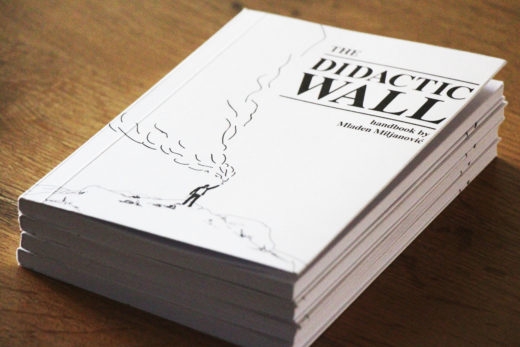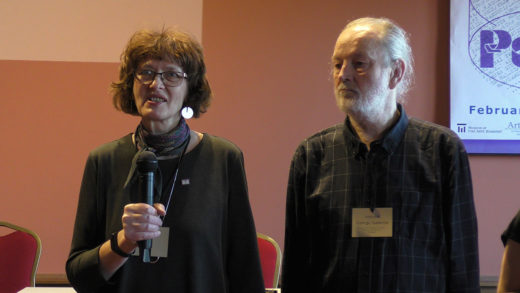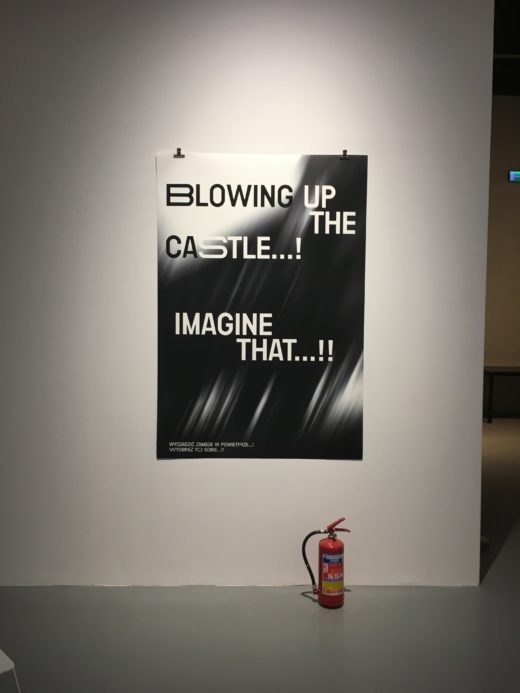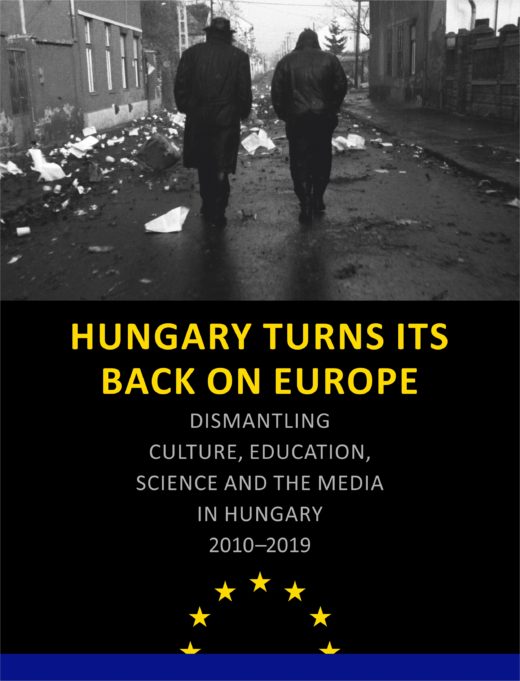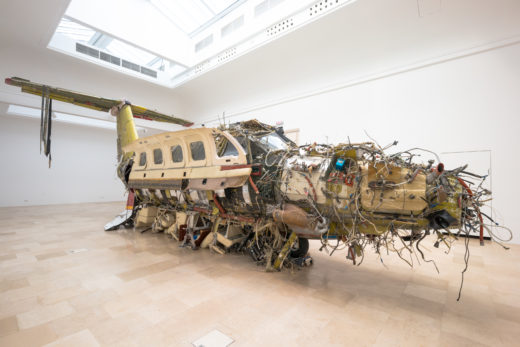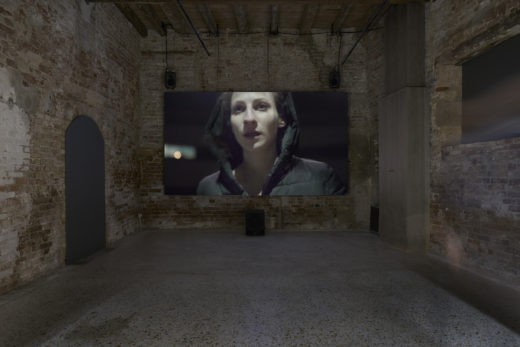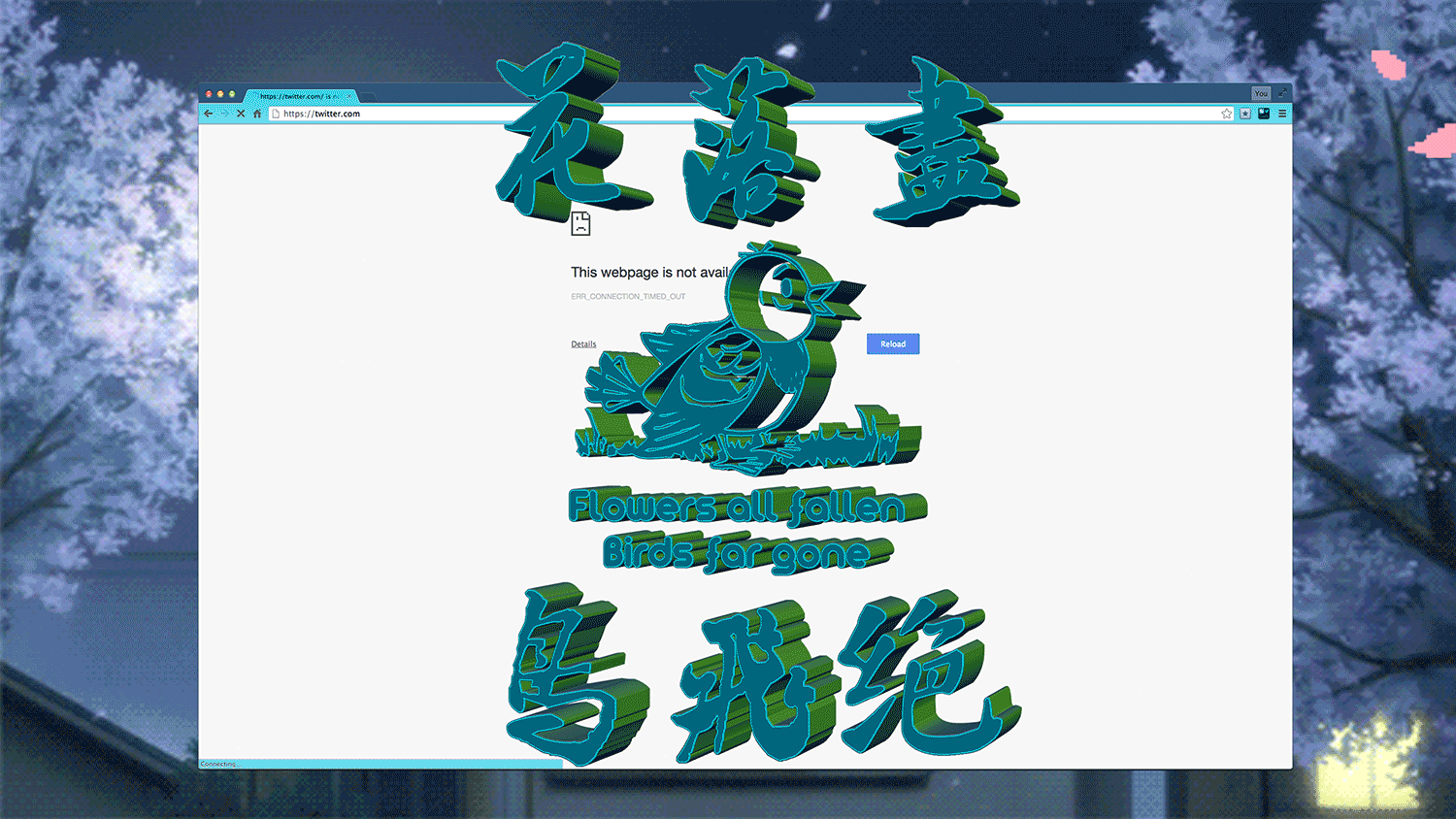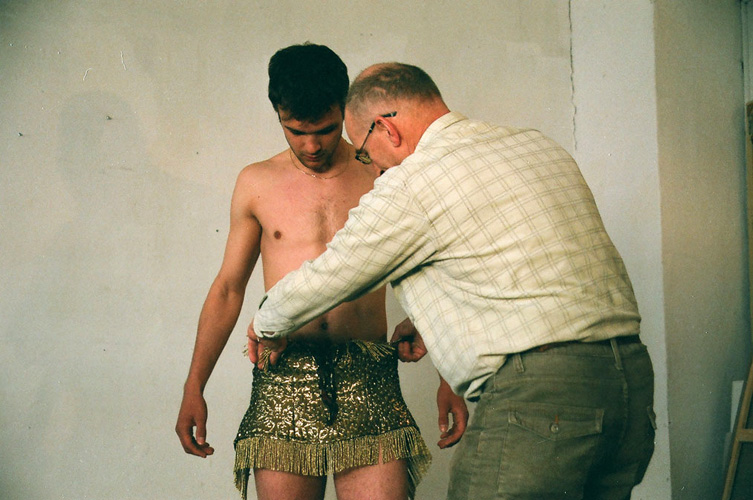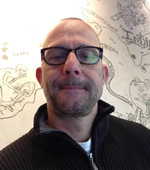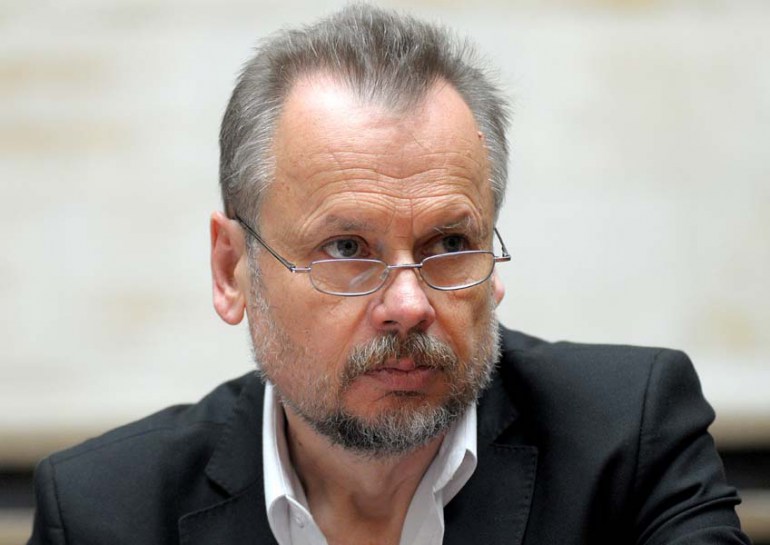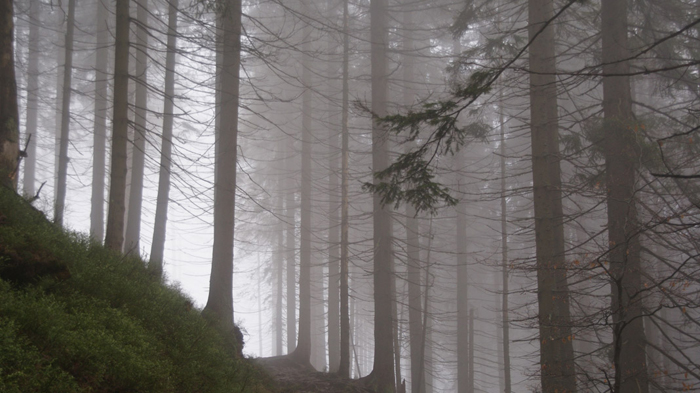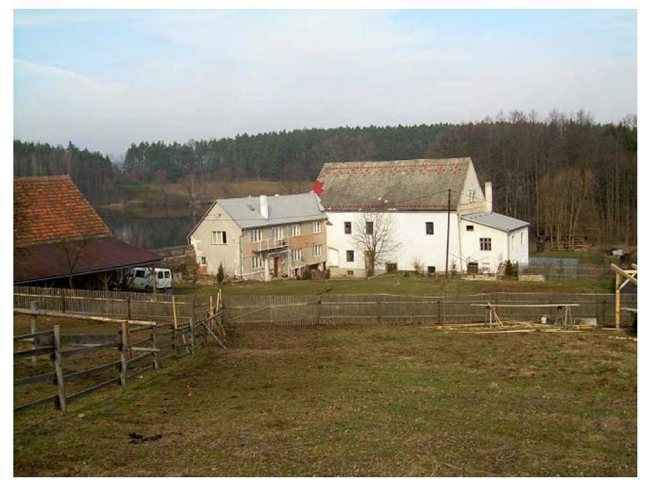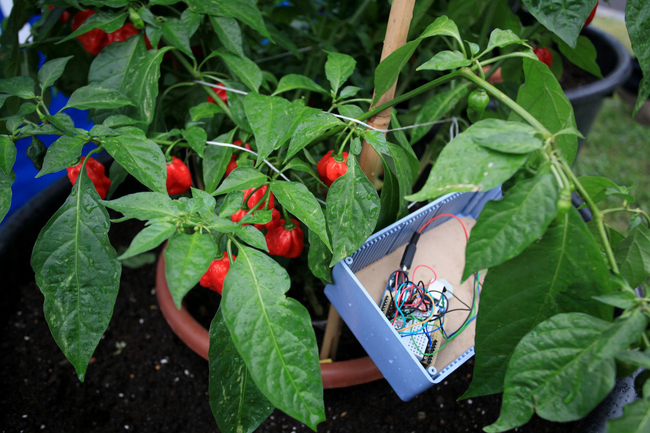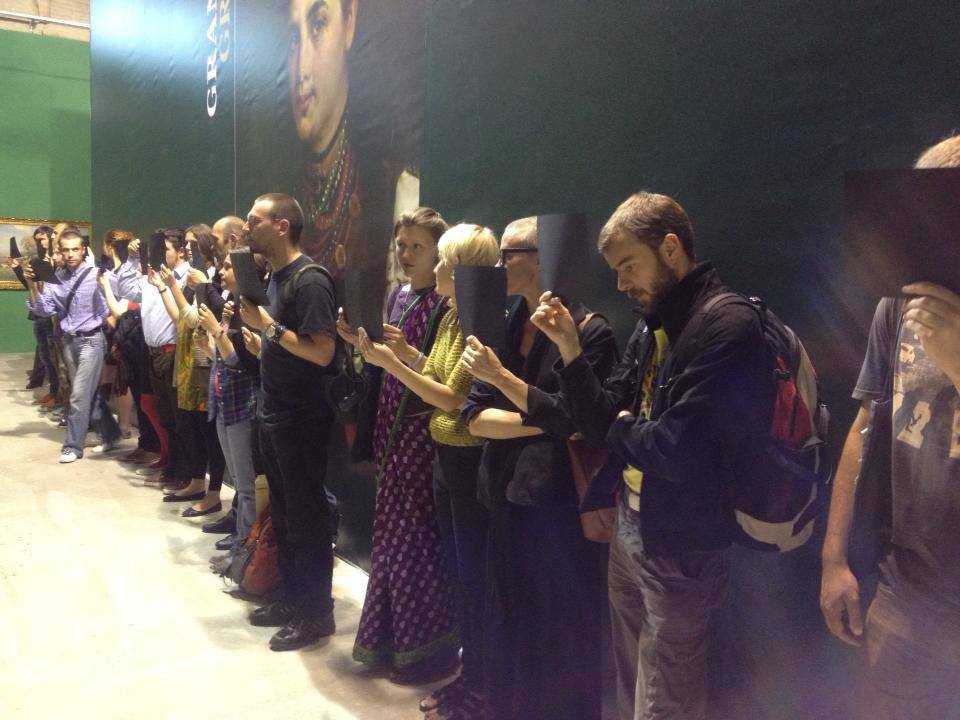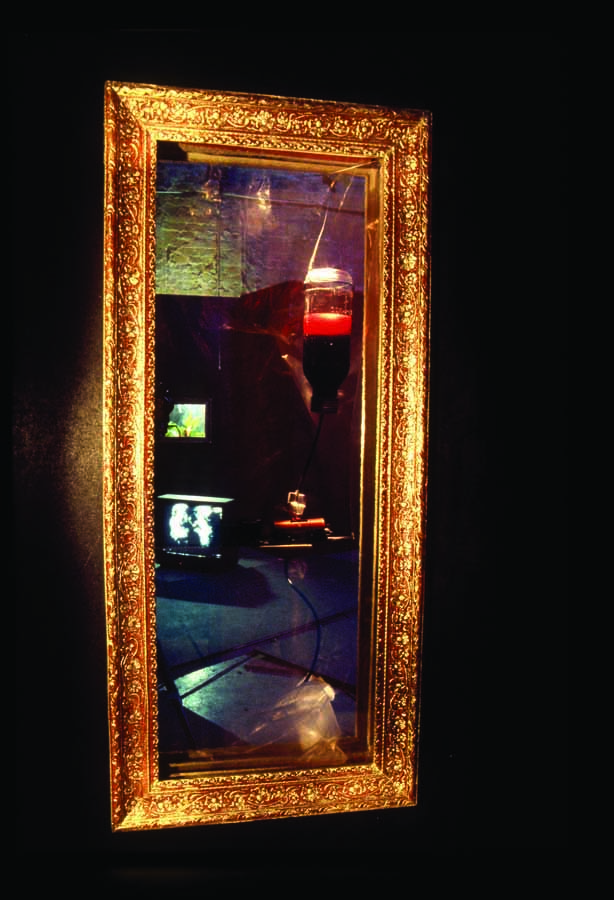One on One: The Didactic Wall (2019) by Mladen Miljanović
The “One on One” series presents timely encounters between ARTMargins Online editors and contemporary artists, usually focused on one recent work.
Sven Spieker: Your Didactic Wall (2019) focuses on the issue of migrants, refugees, and displaced persons. The location of the project in Bihać, Bosnia and Hercegovina, is crucial because Bihać is very close to Slovenia. When Croatia closed its borders, thousands of migrants who were hoping to reach Slovenia and, from there, Northern Europe, got stuck. Why did you decide to create an installation in the form of a stone wall?
Mladen Miljanović: There are two … Read more

